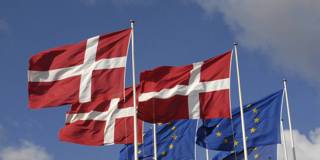
How Denmark Keeps the Far Right at Bay
Since making major electoral gains a decade ago, the Danish far right has been pushed to the margins, owing to its tone-deaf hostility toward the European Union and the center’s neutralization of immigration as an issue. However, warding off the populist threat still requires constant vigilance.
COPENHAGEN – Unlike in other countries, the far right in Denmark did not dominate this month’s European elections. Although populism surged in the country a decade ago, the parties at the center have pushed the far right to the fringes and are now back in control.